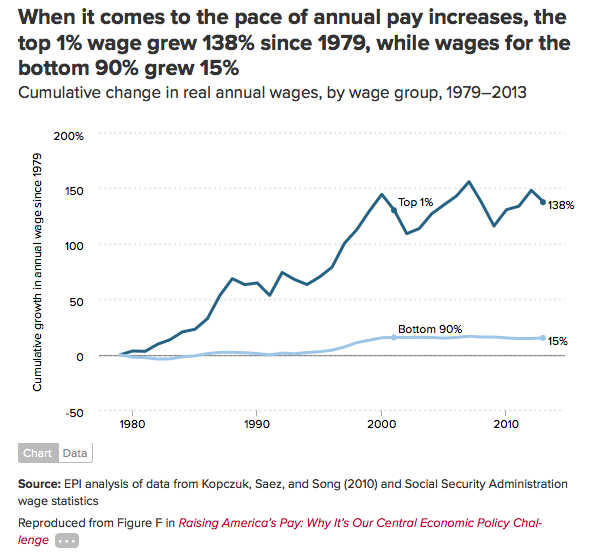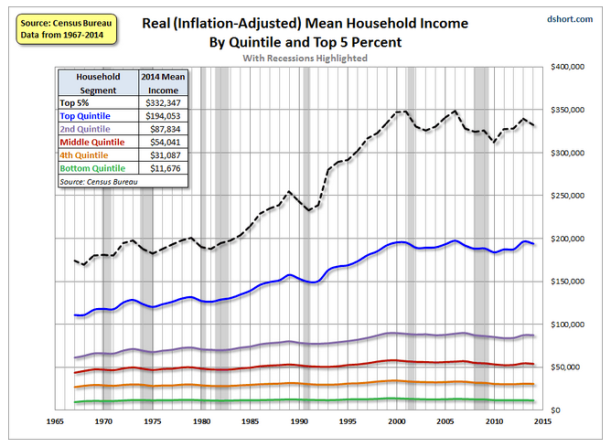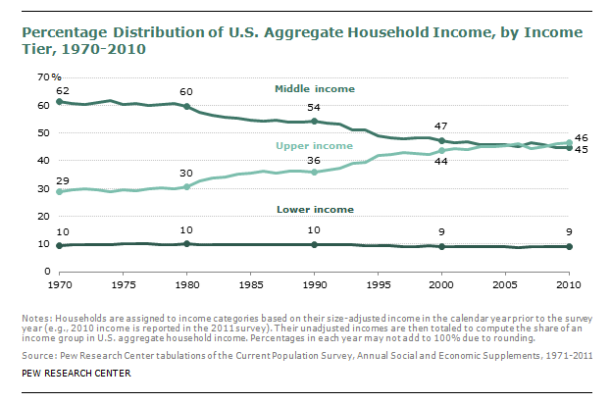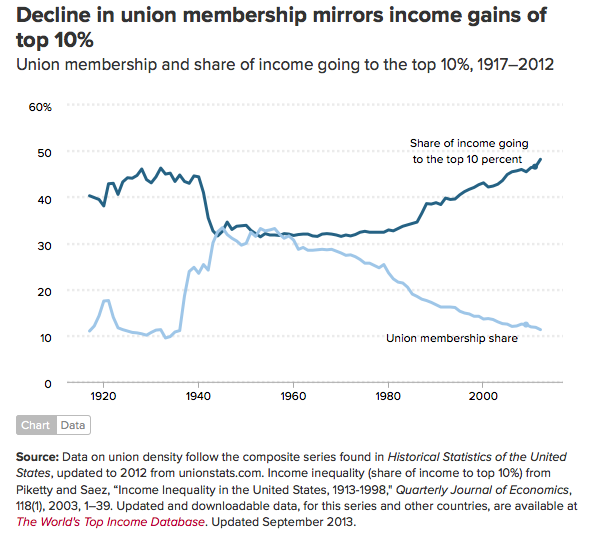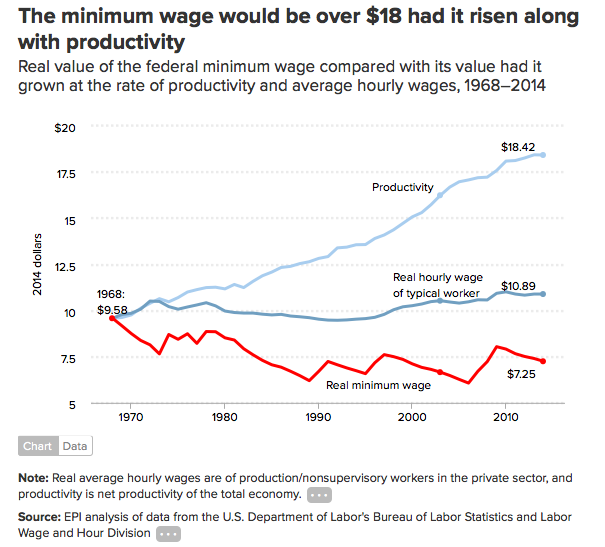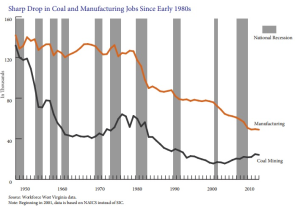It’s been a long time since I published anything on my blog. It’s not that I haven’t started about a dozen blogs, it’s just a matter of me finding the time to complete one before the next idea for a blog post supplants the previous. My WordPress site is littered with half-written posts. In recent weeks, I’ve been thinking some about the speech I gave to Colgate’s incoming class last year. Given this particular moment in our history and on a day when astronomers and physicists are taking time to educate one another about the systems that promote racial inequality and limit participation in the sciences, I feel like these words are important. Some months after this address, one of my colleagues shared with me a comment from her students, which expressed surprise that a scientist would choose to focus on race in a talk of this nature. That student’s surprise illustrates exactly why it is so important that scientists educate themselves and be agents for change, real structural change within our scientific communities as well as the communities in which we live.
The title of this blog is the title of my speech, which ran 15 minutes. It’s longer than my typical blogpost.
Colgate Convocation Keynote Address
August 28th, 2019
It is a pleasure and such an honor to give the Founder’s Day Convocation address to the incoming Colgate Class of 2023. And to say to y’all on behalf of my friends and colleagues on the faculty and staff, welcome. Welcome to our vibrant, intellectual community tucked into these picturesque hills that flank the Mohawk Valley. As you have begun to experience, the end of summer in Hamilton is a special time. The warm summer days yield to chilly nights when a heavy dew settles into the fields and drips from the trees. In the morning, the earliest rays of sunlight are greeted by rivers of fog filling the valleys.
Since this is not the first time I’ve spoken to this group, many of you have likely detected that I have an accent. When I meet new people, especially up here in Central New York, it doesn’t take long before someone asks me where I am from. I can’t say that this is a question I have always been thrilled to answer. Because the answer to that question is that I’m from the Pocahontas coalfields located in the heart of Central Appalachia. I was born and raised in a little coal mining town called Welch, the county seat of McDowell, the poorest and southernmost county in West Virginia. It’s the setting for two New York Times Bestsellers, October Sky and The Glass Castle, both memoirs about overcoming personal challenges. Both were turned in major motion pictures. Since I’ve only got 15 minutes, if you’ve never heard of them, Google them after convocation.
Given the prevailing negative stereotypes associated with people from West Virginia and greater Appalachia, I used to be reluctant to go into detail about my homeplace, often trying to hide this piece of my identity. However, the longer I have been away from that “place,” the more I have learned about its complicated history as well as its oversized contributions to the development of this country and its prosperity. I discovered just how precious it is, how incredible and special the people there are, and just how important it was in shaping the person I am today. There are two important insights wrapped up in my Appalachian roots that I want to share with you this evening. The first deals with a concept often referred to as “sense of place.” The second deals with the dangers of stereotypes.
Sense of place – This is not a simple concept to define, yet you can likely guess that it has something to do with our feelings of attachment to a place and how that place in turn shapes our identity, or at least part of it. Several of you may be sitting here with a pit in your stomach, an identifiable symptom of homesickness. You don’t get that pit in your stomach if you don’t have a strong attachment to home: your friends, your neighbors, the view from your front porch, smell of the morning air… While people and customs or “ways of life” certainly shape one’s sense of a place, affinities are also made to the natural and built environments. Here, I want to focus on the natural environment, specifically the one that you are just beginning to experience.
One’s “sense of place” is formed in part by your interactions with nature – in Hamilton and at Colgate, it is heavily influenced by the hills (one hill in particular that you are going to come to know quite well), and it is also influenced by the trees, the animals, the clean air, the snow, and even the darkness of the night sky. Colgate graduates clearly develop a strong sense of this place during their four short years here and take that with them when they leave. I believe it is one of the main reasons – consciously or unconsciously – that so many alums rarely miss an opportunity to visit, even decades after they graduate.
So, here’s a piece of advice, take advantage of the mountains, the rivers, the lakes, the trees, the silence, and the dark nights that this place so generously, and effortlessly provides. Scientific studies are now showing that being surrounded by nature reduces both physical and psychological stress. Before finals or mid-terms or paper deadlines or Friday, go for a walk on the Colgate trails either alone or on a nature hike organized by your Commons; go for a run around Woodman pond; go for a swim in Lake Moraine (note, do not go for a swim in Taylor Lake); go on a Commons snow tubing trip; or a Commons apple-picking trip; or the ‘Gate Night Bigfoot Scavenger Hunt. Whatever you do, do not waste this opportunity to connect with nature while it is at your doorstep, because it is very likely that when you leave, you will end up in a metropolitan area and you will go to work In Tall Buildings.
Lesson two: the dangers of stereotypes. I want to return to Appalachia, and, specifically, the “hillbilly” stereotype commonly associated with it. In the popular imagination, the term “hillbilly” is synonymous with a group of people who are backwards, uneducated, poor, lazy, and prone to violence. Such a stigmatizing and othering of Appalachians has had the effect, as negative stereotypes typically do, of dehumanizing and devaluing their lives. This false and misguided representation surely contributes to making the region and its population ripe for exploitation. As a child growing up in a place that is consistently depicted in such a negative light, I internalized aspects of the stereotype, growing to expect that I might never be as smart, talented, or capable as peers growing up outside of Appalachia or even just a few counties north of my own. Even today, despite having an understanding of “stereotype threat,” I continue to fight back and overcome those feelings. I suspect that some of you seated here may feel the same way, as some part of your identity is often negatively stereotyped. To you, I say, “Don’t buy into it.” Know that you are here because you belong. Know that we are thrilled to have you here with us. And know that you are, indeed, capable of great things.
This brings me to our present moment and what’s happening here at home and abroad. Over the last few years, we’ve seen our public discourse dominated, coopted by political figures wielding stereotypes as weapons, stoking fears and fanning the flames of hatred, while seeking to inflict the greatest harm to our increasingly diverse, pluralistic society. Stereotypes provide justification for policies that are anti-refugee, anti-immigrant, anti-LGBTQ, anti-Muslim, anti-Semitic, and in general, anti-people of color and they give license to those who will act on these sentiments. I implore all of you not to give in to fear and the hatred it sows. Not here. Not now. Not for as long as you draw your breath.
Anytime our differences are magnified in order to breed contempt among us, I often think of a quote from astrophysicist Carl Sagan, which appears in a piece titled The Pale Blue Dot. The Pale Blue Dot is a reference to an image of the Earth captured from billions of miles away by one of the Voyager spacecrafts. Sagan writes:
“The earth is a very small stage in a vast cosmic arena. Think of the rivers of blood spilled by all of those generals and emperors so that in glory and in triumph they could become the momentary masters of a fraction of a dot. Think of the endless cruelties visited by the inhabitants of one corner of the dot on scarcely distinguishable inhabitants of some other corner of the dot. How frequent their misunderstandings, how eager they are to kill one another, how fervent their hatreds. Our posturing, our imagined self-importance, the delusion that we have some privileged position in the universe, are challenged by this point of pale light.”
In this cosmic perspective, we are “scarcely distinguishable.” So, as you join this community that appreciates it diversity, help us make it more inclusive by dispensing with your preconceptions as you meet and get to know classmates with different backgrounds, identities, perspectives, faiths, and who come from different parts of the country and the world. Build multiple large and inclusive friend groups. I am so fortunate to have friends, colleagues, and students from all over the world who have given me an informal, yet rich and invaluable education about the world, about people, and about myself. So, expect to be surprised. But, be patient. Be patient with each other as you build these relationships. We live in a world filled with inherent biases of which we aren’t always aware and may not initially recognize as problematic. Building relationships across culturally constructed differences, of which the cosmos does not give one iota, are not necessarily easy. It takes a sustained and concerted effort, but the return on your investment will be invaluable to you, your community, and the wider world.
My final piece of advice is to always be a “Seeker.” I borrow this term from two people for whom I hold in high regard: the first being, Coleman Brown. Coleman was a Professor in the Department of Philosophy and Religion, coming to Colgate in 1970. As an ordained minister, he also served the Colgate community as University Chaplain. Professor of English Emeritus Jane Pinchin (as in Pinchin Hall) once memorably and accurately referred to Coleman as the “ethical center of Colgate’s Universe.” It is his and his wife Irene’s legacy, which includes a lifelong commitment to making the world a more just and equitable place that we honor with the Brown Commons living-learning community. Coleman would often say that in every crowd there are “Seekers, Believers, and Doubters” just as in each of us there is a “Seeker, a Believer, and a Doubter.” The second person I think of when I hear the term, “Seeker,” is Steve Earle, a folk singer-songwriter from Texas who wrote a song titled “The Seeker.” The song is about some special advice a young boy received from his grandfather, whom the boy lost when he was only eight-years old. The last phrase of the first verse relays the grandfather’s advice, “Whatever you do be a seeker.”
To my mind, a Seeker is one who courageously, passionately, and persistently searches for truth and meaning, justice and moral clarity, inspiration and hope. If you are or choose to become a Seeker, you are going to find Colgate to be an incredible frontier for your explorations. The folks seated behind me will provide you with world-class opportunities for self-discovery, cultural enrichment, and artistic expression through the critical exploration of nature and the human condition. Throughout these pursuits, a Seeker will undoubtedly encounter uncomfortable realities, such as the fact that we live in a culture suffused with racism, sexism, and homophobia or the fact that our current lifestyle threatens humanity’s existence on this Pale Blue Dot of a planet.
The Seeker responds with a sense of urgency and the conviction that what we do in this lifetime matters, that the quality of the world we leave behind matters. Being a Seeker sometimes requires you to stand up to powerful and monied industries, institutions, and individuals that look to continue to enrich themselves by exploiting the environment, the most vulnerable among us, and in the case of anthropogenic climate change, future generations. In opposing these forces, a Seeker chooses moral clarity over hypocrisy, reality over alternative facts, and a vibrant and sustainable future over fleeting glory or short-term gain. As Steve Earle says in the third verse of “The Seeker”:
“You can’t always believe your eyes
It’s your heart that sees through all the lies
The first answer follows the first question asked
The mystery unmasked by the Seeker” — Steve Earle
As a Seeker, you will often find yourself “outside of your comfort zone.” You may be experiencing that feeling at this very moment or earlier when members of the faculty processed through your midst in their academic regalia. I have to admit that when I was seventeen that would have at least “gotten my attention” and then some.
A Seeker learns to embrace this uneasy feeling of being slightly insecure, unsure of oneself and what is to come, because a Seeker knows that this is where the “magic happens.” It is moments when we feel most vulnerable or are in the most unfamiliar of settings, when we have to face down our fears and overcome our insecurities, that we have the most meaningful, and often transcendent experiences. Be bold and undaunted in your seeking and learn to embrace awkward and uncomfortable moments because of the reward that comes once the uneasiness passes.
In his brilliant commencement address to the Colgate Class of 2015, Eddie Glaude author and Distinguished University Professor of African American Studies at Princeton, asked the following question “How will you orient yourself to the “fierce urgency of now?” Since his speech, the fierceness of the urgent “now” has only grown. Tonight, I conclude my remarks by challenging you to spend the next four years seeking a full-throated and clear-eyed response to this question. Know that you will be doing so in a community that will both challenge and sustain you, in a place that will keep you connected to something bigger than yourself, and with friends and classmates and mentors from all walks of life with whom you will grow and share so much. These “interesting times,” when the world has never seemed closer or its challenges more pressing, will play out as both text and subtext for your time at Colgate. How you respond to the “fierce urgency of now” will be determined by how you embrace this thrilling new chapter in your life’s journey. That journey starts here, it starts now. And what an amazing journey it will be if you choose to always be a “Seeker.”
Thank you!
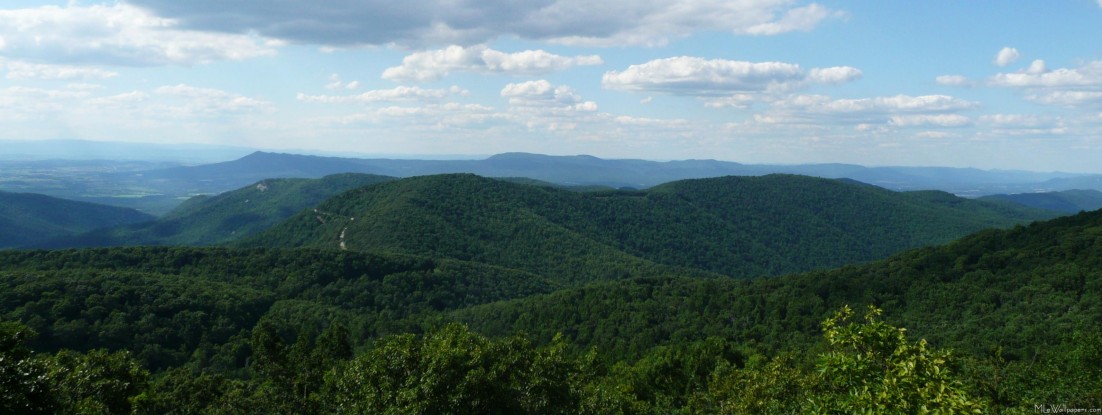
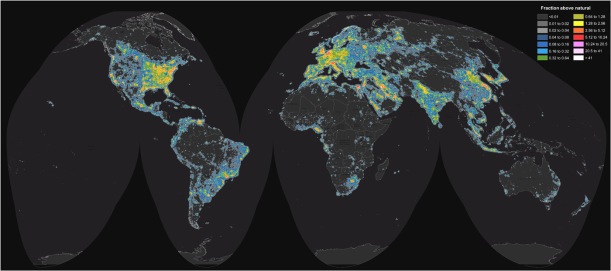 “New World Atlas of Artificial Sky Brightness” F. Falchi (2016)
“New World Atlas of Artificial Sky Brightness” F. Falchi (2016)